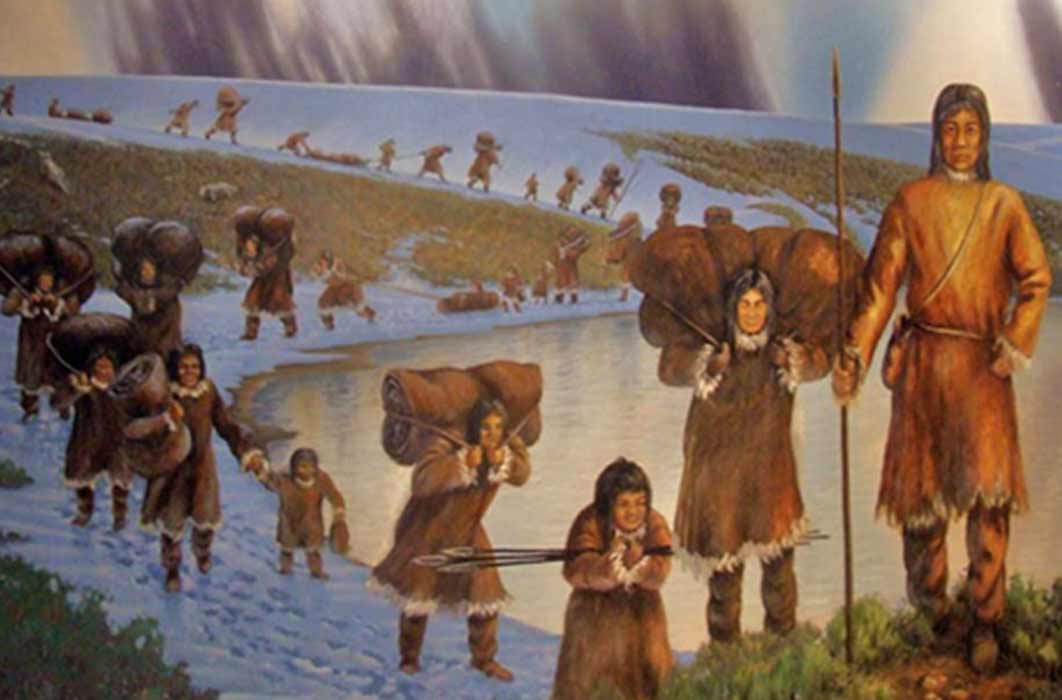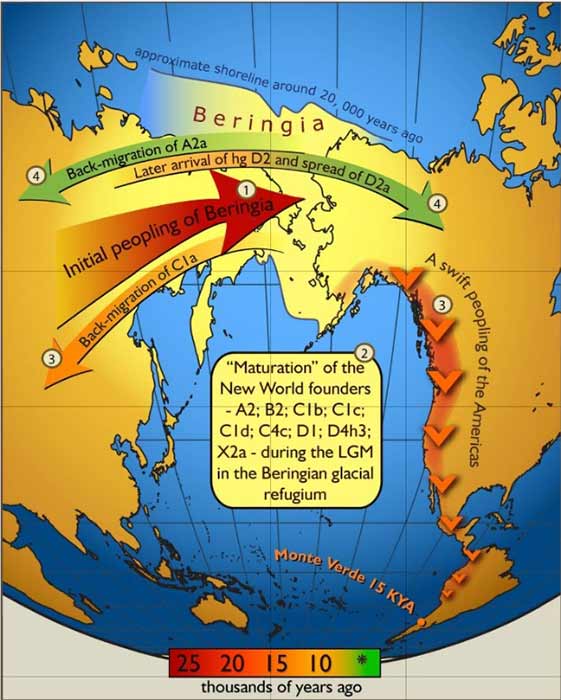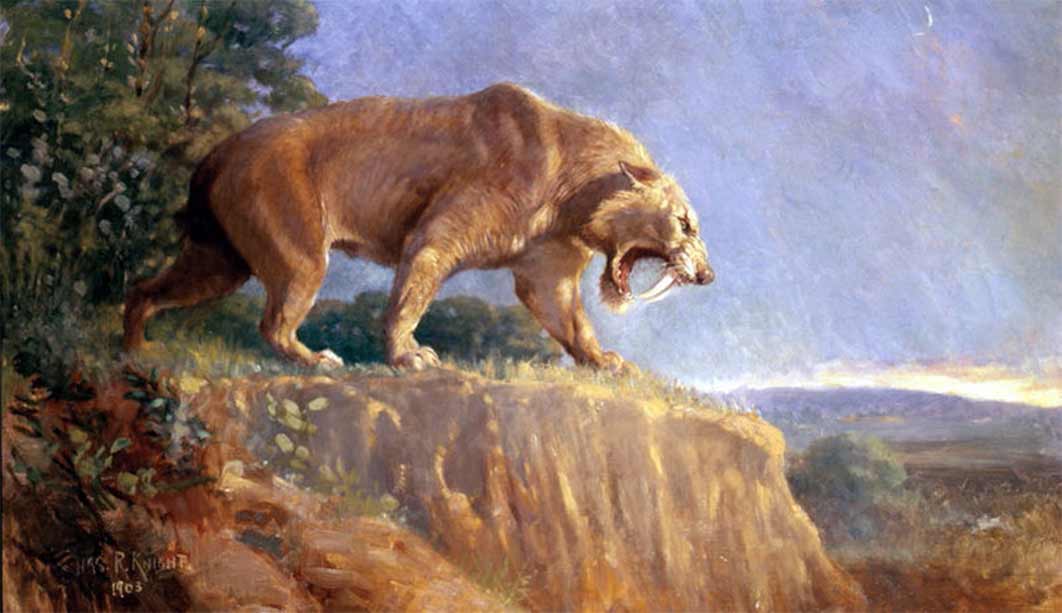
The Chumash: The Seashell First People Of North America
The question of how people first came to North America is as complicated as when they arrived. With new evidence comes new theories and the dates are being revised constantly. While the colonization of the Americas remains a highly debated topic, the truth is that the exact timing of the first arrivals remains unknown. The crossing of the Bering Land Bridge has been the longstanding theory simply because that has always been considered the simplest connection between Asia and North America. It is the only place where people could walk from one side to the other when sea levels dropped and ice formed across the land. It is possible, and more than likely, that people also arrived from elsewhere.

Genetic settlement of Beringia. The initial peopling of Beringia (the region depicted in light yellow) was followed by a standstill after which the ancestors of the Native Americans spread swiftly all over the New World while some of the Beringian maternal lineages (C1a) spread westwards.(CC BY-SA 2.5)
Earlier theories proposed that the first people arrived on the American continent as one large group who braved their way across a frozen and desolate land bridge. Later studies indicate that separate groups, speaking foreign languages, arrived at different times from different directions and brought their own experiences. It is a complex story including many people, with many interesting backgrounds.
Crossing the Bering Land Bridge is possible although not as easy as traveling down the ‘kelp highway’ - a rich kelp forest ecosystems that follows nearly the entire coast and could plausibly have supported seafaring peoples. This theory suggests that the first Americans arrived not by land, but by sea, following the coastline of the Pacific Rim of north-eastern Asia and Beringia as far south as South America. Testing the kelp highway hypothesis is complicated as much of the archaeological evidence would have been submerged by rising seas since the last glacial maximum approximately 26,000 years ago. The most promising sites may still be underwater and covered by layers of deep silt. Either trip would have taken months to move as far south as what is now California and beyond, and they would have faced immense hardships with many dying along the way.
The landscape these ancient people walked into was substantially different to what it is today. They would have encountered large dangerous animals such as mammoths, saber tooth tigers, mega lions, mastodons, mammoths, buffalo, eagles, bears, whales, sea lions and dire wolves. Larger and stronger than the modern grey wolf, this beast had bigger teeth and more powerful jaws, built to kill large prey. The land was covered with giant redwoods and oaks, the temperatures were cooler, and the land was lush with all types of flora and fauna.

Painting of Smilodon populator from the American Museum of Natural History by Charles Knight (1903) (Public Domain)
The early people ate salmon, seaweed, deer, and rabbit. The mammoth hunts would have been culturally important, much like the northern whale hunts, but much more dangerous and requiring group cooperation, which of course, required people to speak the same language to plan and execute the hunt.
Chumash Of California
The Chumash of California and other Native Americans came to be known as the First People. The name ‘Chumash’ refers to several California tribes who spoke similar languages. The name was chosen by explorer and linguist John Wesley Powell from a word used to refer to the Indians of Santa Rosa Island, Tcú-mac. Later groups were named based on the territories the Spanish occupied and in which they built Christian missions. The name Chumash means ‘bead maker’ or ‘seashell people’.




